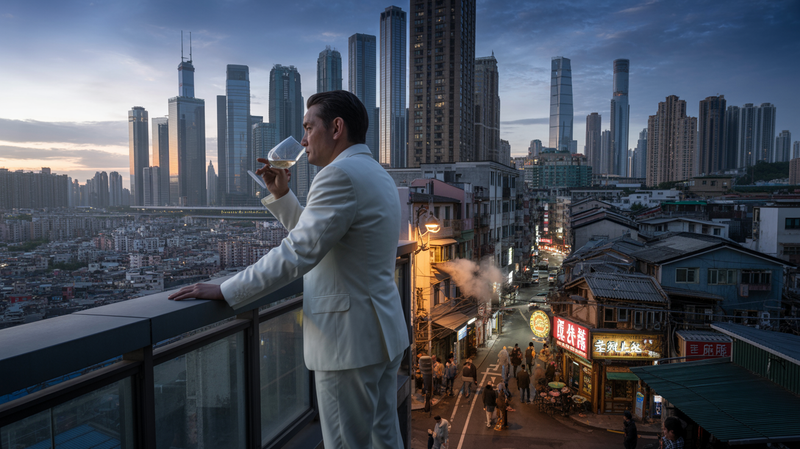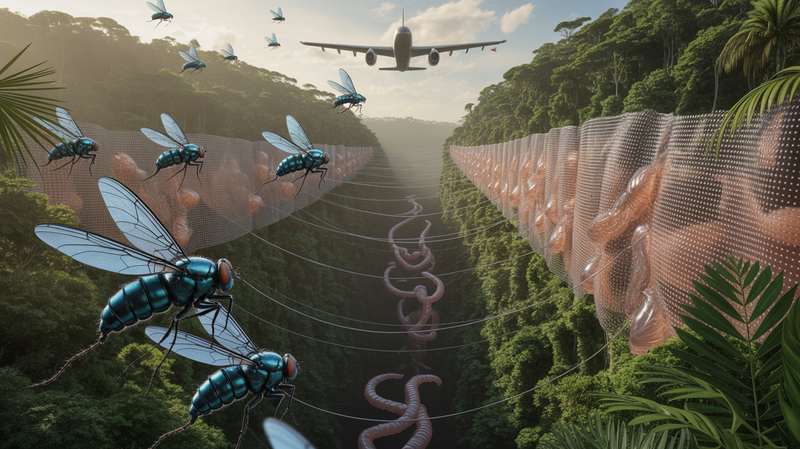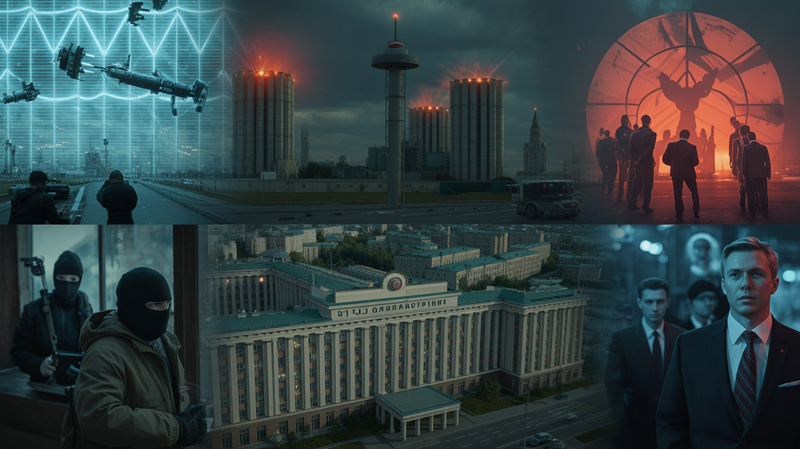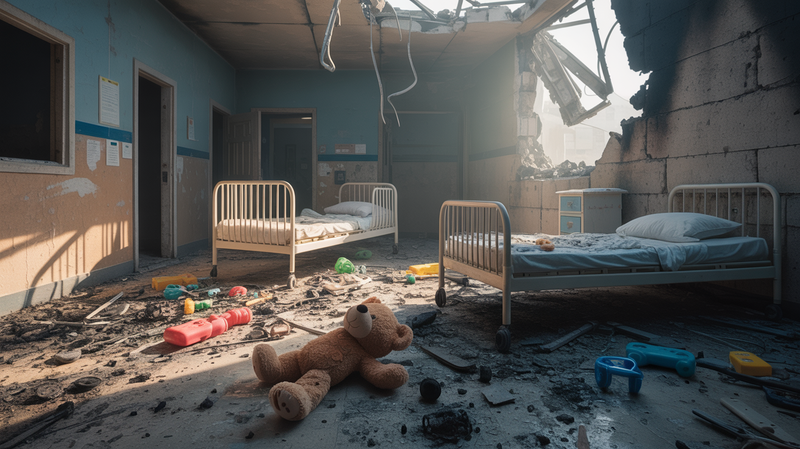Future Fashions: Envisioning the Style of 2030 Under the New World Order
The fashion industry, renowned for its constant metamorphosis, reflects society's evolving ideologies, technological advancements, and changing lifestyles. It's a mirror to the world, a kaleidoscope of shifting trends. Given the pace of global transformations, how will fashion evolve by 2030 under the proposed New World Order?
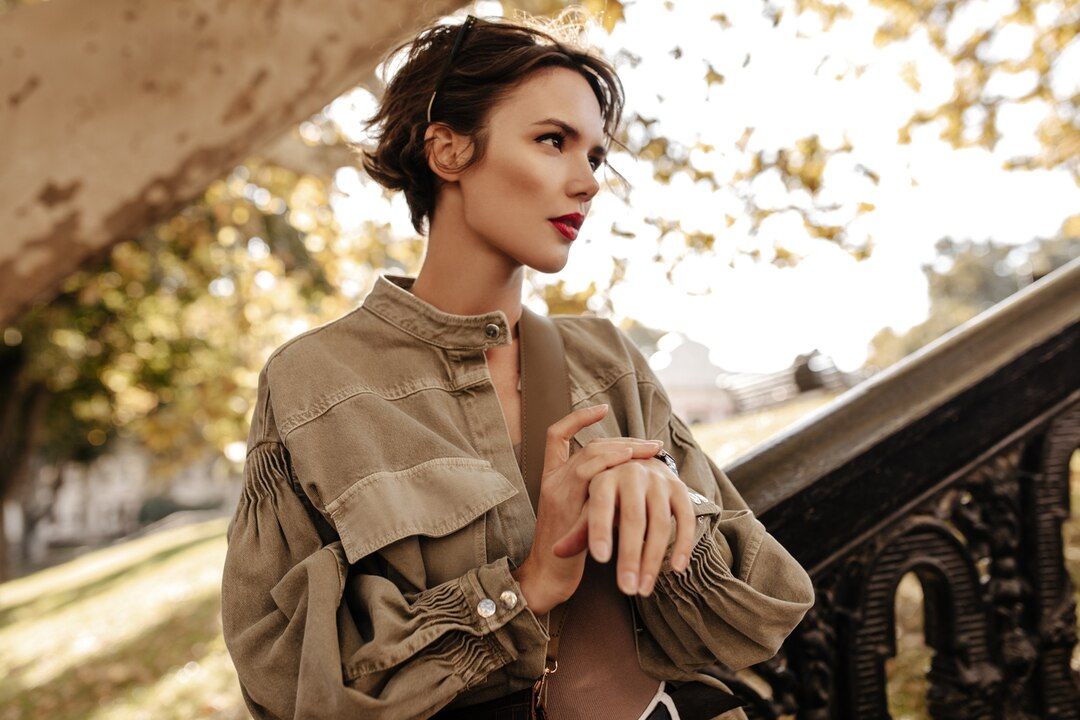
The fashion industry, renowned for its constant metamorphosis, reflects society's evolving ideologies, technological advancements, and changing lifestyles. It's a mirror to the world, a kaleidoscope of shifting trends. Given the pace of global transformations, how will fashion evolve by 2030 under the proposed New World Order? Projections lean towards utilitarian minimalism, digital integration, and a renaissance of military-inspired styles.
Monochrome Minimalism: The Ascendancy of Function over Form
Under the new world order, utilitarianism and minimalism are poised to dominate the fashion scene. Expect a shift towards monochromatic, neutral palettes, particularly the spectrum of grays – from the softest dove to the darkest charcoal.
This dark, monochrome aesthetic draws from the uniformity and conformity that global governance suggests. Moreover, it signifies a departure from the extravaganza of past trends and a nod towards a more pragmatic, subdued, and unified style.
Military Redux: A Tactical Style Surge
Drawing parallels with the global geopolitical climate, military-inspired fashion, also known as "tacti-cool," is set to witness a resurgence. The practical and robust aspects of this style, imbued with a sense of discipline and order, echo the underpinnings of the new world order.
Expect to see cargo pockets, combat boots, epaulets, and camouflage patterns reinterpreted with a futuristic twist. Designers might incorporate technical fabrics that provide comfort, durability, and utility – reinforcing the blending of form and function.
Digital Threads: Wearable Technology and Beyond
In an increasingly digitized world, the integration of technology into clothing will become the norm rather than novelty. The "smart" clothing of 2030 will likely be embedded with digital technology, offering seamless connectivity and personalization.
From garments that adapt to the wearer's temperature, mood, or health status, to clothing that provides augmented reality experiences or enhances digital interaction, the boundary between fashion and technology will blur. The uniformity proposed by the new world order might see the advent of standardized digital attire for a truly interconnected global community.
In conclusion, the projected fashion of 2030, under a new world order, is expected to be a harmonious fusion of minimalist aesthetics, military-inspired functionality, and cutting-edge digital integration. The landscape of style will not merely be about outward appearance; instead, it will represent a holistic blend of practicality, technology, and global unity. The future of fashion promises to be as intriguing as it is transformative.

